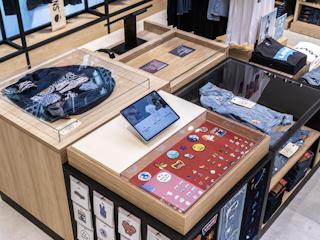May 08, 2019
Rarely, does a day go by without the appearance of another innovation for futuristic shopping. This ranges from personal voice assistants such as Amazon Echo and Google Home Assistant to chatbots, AR/VR applications and social networks.
Lifestyle Necessities vs. Luxury
Consumers purchase two types of products: discretionary and non-discretionary. Non-discretionary items are everyday necessities, purchased without investing much cognitive effort. In contrast, discretionary products are items that buyers invest more time to select. Brands should be aware of which category their products fit to align their marketing initiatives.
|
Discretionary Purchases |
Non-Discretionary |
|
Special individual selection |
Interchangeable |
|
Seldom purchased |
Frequently purchased |
|
Generally high-priced |
Usually low-priced |
|
High brand loyalty and affinity |
Little or know loyalty/price driven |
|
Attractive marketing |
Fact-based presentation |
|
Personal advice |
Algorithms and automatic mechanisms |
|
Shopping experience as a pleasure |
Speed and efficiency |
More Touchpoints, More Reach, More Sales
Depending on the type of goods being sold, companies use new touchpoints for different reasons. Enterprises increase the number of selling points to boost visibility at precisely the point in time where the purchase desire arises.
We all dread that moment when you go to reach for a necessity that is out of stock in your home. Technology empowers merchandisers to anticipate items duration with multiple tracking touchpoints. The trick for merchandisers is to optimally support the different contexts, ensuring more repeat orders and loyal customers. With these new touchpoints, companies provide their customers with virtual butlers, who work quietly and unobtrusively in the background to satisfy the customers' wishes.
Loyal Customers Thanks to an Improved Shopping Experience
Merely having a website isn’t enough. Consumers want to see your products in real time. This means utilizing the power of influencers. Influencers on Instagram and YouTube introduce new collections, which fashion aficionados can easily order at the touch of a button. Companies are investing significantly in personal contacts, rather than relying only on algorithms.
Bottom Line
There are many good reasons for retailers and manufacturers to experiment with new end-user devices and touchpoints. The market is in a phase where experimentation is encouraged.






